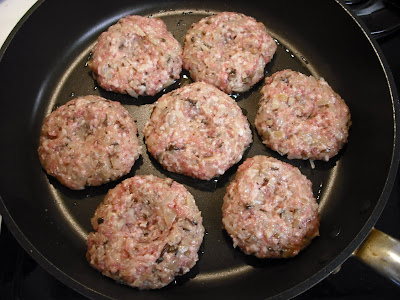毎年、4月29日(昭和の日)には、はな祭りが新潟県の湯沢町で行われます。このお祭りで子供たちのメインイベントは魚(ニジマス)つかみです。二人の子供たちと私はこの祭りが大好きです!
Correction: Hana Matsuri is spelled 花まつり not はな祭り in Japanese.
訂正: Hana Matsuriは、「はな祭り」ではなく、「花まつり」が正解です。
This year, my two children, a friend of my daughter's, and I went to the festival, like we did last year.
今年は、去年と同じように、二人の子供たち、娘のお友達と一緒に祭りに行きました。

Today, it was very cold (it rained in the morning), and there were fewer participants than last year.
今日はとても寒く(午前中は雨が降りました)、去年より参加者が少なかったです。

The festival is held in Yuzawa Chuo Koen (Yuzawa Central Park), which is adjacent to Kan-Etsu Expressway.
祭りは湯沢中央公園で行われます。この公園は関越自動車道に隣接しています。

I was unable to take a shot of the faces of all these three Miss Komako. How frustrating!
三人のミス駒子の顔を写真に撮ることができませんでした。残念!

Correction: There used to be three Miss Komako, but apparently, there is only one Miss Komako this year. The one on the left is Second Miss Kagura. I can't tell from the photo who the other two ladies are.
訂正: 以前はミス駒子は3人いたのですが、今年は一人しかいないようです。左側の女性は「準ミスかぐら」です。写真では他の二人の女性が誰なのか分かりません。
My children got 18 rainbow trout in total, gave four of them to my daughter's friend, so we had 14 rainbow trout left.
子供たちはニジマスを合わせて18匹捕り、そのうち4匹を娘のお友達に上げたので、残りは14匹でした。

My son volunteered to help. I asked him to degut each fish, and I removed the gills from each fish.
息子がお手伝いを買って出ました。それぞれの魚のはらわたを取るよう頼み、私は魚からエラを取りました。

I sprinkled the rainbow trout with salt.
ニジマスに塩をかけました。

I used the toaster oven to grill them.
オーブントースターを使って、焼きました。













































